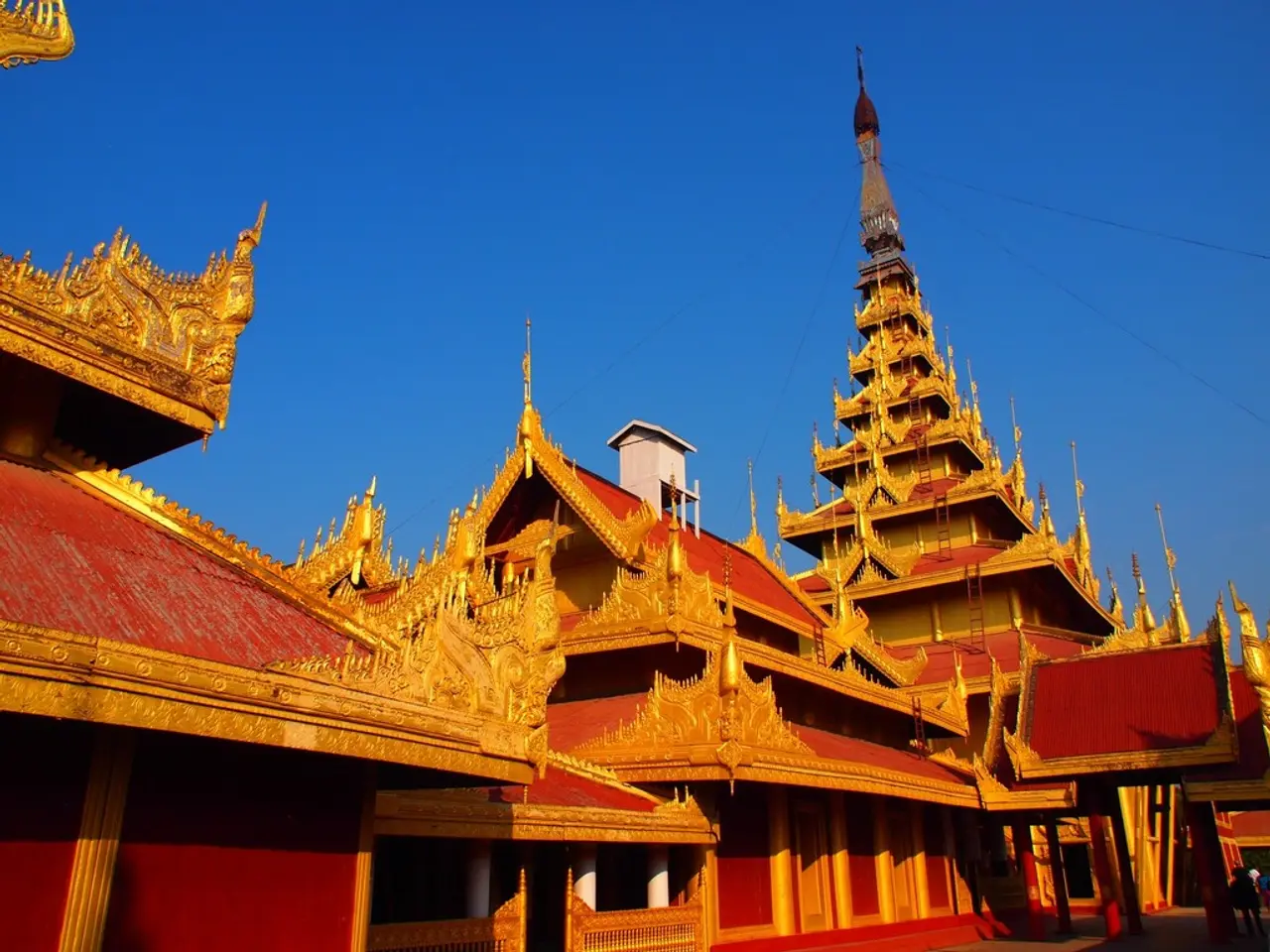Expanded Influence of India in Southeast Asia: Yoga, Cultural Interaction, and More Extensive Engagements
India's influence in Southeast Asia is a tale as old as the centuries-long cultural ties that bind the two regions. From the spread of Hinduism and Buddhism, which have shaped the art, architecture, language, and societal norms of Southeast Asian countries, to the contemporary era, India has established its soft power in the region.
One of the most significant factors in India's soft power strategy is cultural diplomacy. Festivals like Diwali, Holi, and Eid are celebrated with enthusiasm in Southeast Asian countries, fostering mutual understanding and respect. India's rich cultural heritage is showcased through cultural exchanges, including literature, film, cuisine, and fashion.
Yoga, an ancient Indian practice, has become a global phenomenon and a powerful tool of cultural diplomacy. Numerous Yoga centres, workshops, and events are held regularly across Southeast Asia, supported by the Indian government and cultural organizations. Yoga's popularity in the region promotes physical well-being, mental health, and spiritual growth.
The Act East Policy, launched in 2014, aims to strengthen India's ties with Southeast Asian nations through enhanced economic cooperation, connectivity initiatives, and people-to-people exchanges. India supports skill development programs, technical assistance, and capacity-building initiatives in areas such as agriculture, healthcare, and IT, strengthening its economic and cultural influence in Southeast Asia.
India participates in regional forums such as the ASEAN-India Summit, East Asia Summit, and ASEAN Regional Forum, underscoring its commitment to regional peace, stability, and prosperity. These forums serve as platforms to address regional concerns through collaborative efforts, further enhancing India's soft power in Southeast Asia.
The Indian Council for Cultural Relations (ICCR) offers scholarships to students from Southeast Asian countries, fostering educational exchanges and building lasting cultural ties. Indian cinema, music, dance, and cuisine contribute to cultural diplomacy efforts in Southeast Asia, with Bollywood movies and Indian classical dance performances gaining popularity.
India's soft power initiatives, including Yoga, cultural exchanges, economic engagements, and diplomatic initiatives, contribute to regional integration and development. By leveraging its cultural heritage, economic strengths, and diplomatic engagements, India can further enhance its soft power in Southeast Asia.
Enhancing people-to-people exchanges, leveraging digital platforms for cultural diplomacy, and addressing regional concerns through collaborative efforts will be crucial for India's soft power strategy in Southeast Asia. The conclusion states that India's soft power in Southeast Asia continues to strengthen bilateral and multilateral relations while promoting peace, prosperity, and mutual understanding.
Read also:
- Osteoarthritis and premature retirement: Entitlements and advantages
- Uncovering the Purpose and Distinctiveness of Human Fingerprints: An Exploration of Their Significance and Individuality
- Six notable maritime treasures uncovered from historical shipwrecks
- Impact of Cultural Factors on Childhood Growth and Development Within Nigerian Communities







